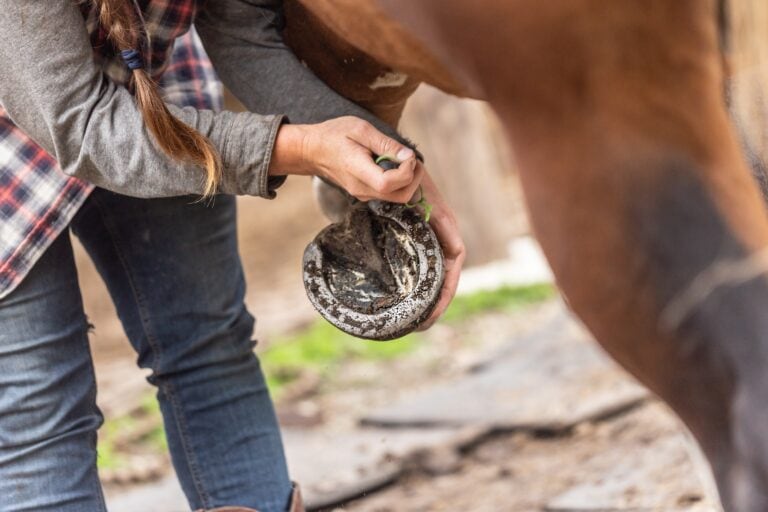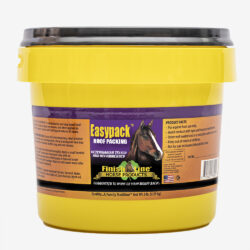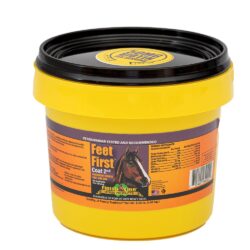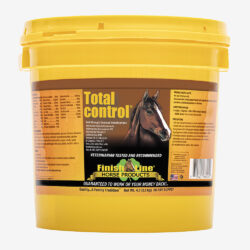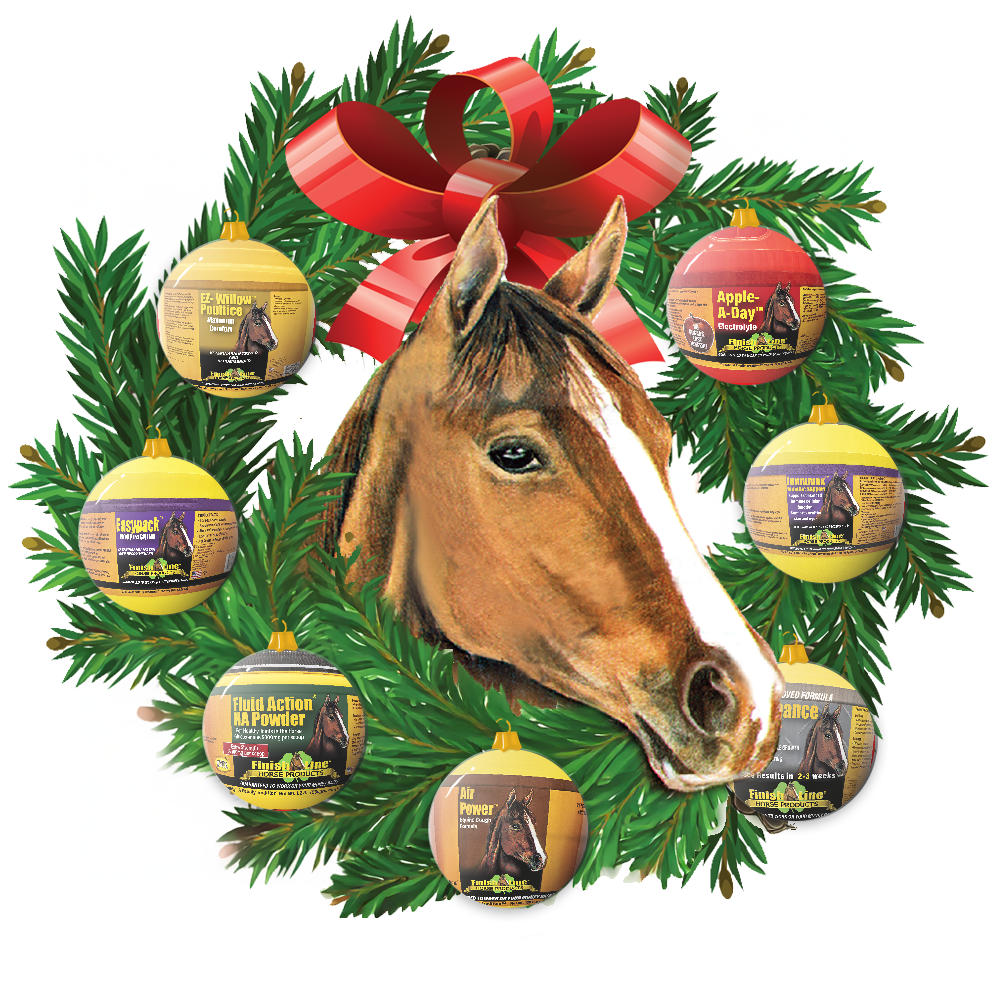Biotin, Fatty Acids, & More: Ingredients That Support Equine Hoof Health
One of the easiest, albeit sometimes overlooked, ways to help keep your horses’ hooves strong is by feeding supplements that support overall hoof health.
Biotin is a proven ingredient that helps increase hoof wall growth and quality. Studies have shown having adequate levels of biotin in a horse’s diet will support strong hooves and could even help repair brittle or cracking hooves. The more often a horse can replace and grow out a hoof, the healthier the hoof will be.
Biotin is one of the most important ingredients found in Finish Line’s Feet First® Coat 2nd supplement. Along with Biotin, Feet First Coat 2nd also contains flaxseed, natural essential fatty acids, methionine, zinc, vitamins A, E, C, and other essential ingredients for hoof health.
While many hoof supplements contain biotin and other similar hoof health ingredients, Feet First Coat 2nd is unique because it also contains fatty acids which are typically missing in other products.
Many of the ingredients in Feet First Coat 2nd, such as the fatty acids mentioned above, are not only helpful for keeping a horse’s hooves strong and healthy but have the added benefit of helping with overall healthy skin and coat.
An easy way to be sure your horse is not only getting a supplement to support hoof health but also a wide variety of other essential vitamins and nutrients they need to perform their best, is by adding a multi-purpose daily supplement, like Total Control®, to your horse’s health regime.
Not only does Total Control® contain the full daily dose of Feet First® Coat 2nd, but it also combines the full doses of Finish Line’s four other best-selling products: Apple-A-Day™ electrolytes, Iron Power® for healthy blood counts, Fluid Action® HA for joint support, and U-7™ Gastric Aid.
Identifying and Treating Hoof Ailments
Despite best efforts, horses can sometimes end up with a hoof injury or ailments anyway.
Abscesses are one of the most common and easily treatable hoof ailments. Abscesses typically occur from a puncture wound, cracked hoof, or a misplaced hoof nail. This causes a pocket of pus to form inside the hoof, and they are typically very uncomfortable at minimum for the horse until they are drained, treated, and healed.
Stone bruises, also known as sole bruises, are another common occurrence. As the name suggests, they typically occur when a horse steps on a rock or hard surface with the softer part of their sole. It can be weeks or even months before the bruise is visible, but a horse will appear foot sore or lame much sooner. When the sole of the horse’s foot is softer during certain times of the year, especially in areas where it’s especially rainy, it can make it even easier for a horse to get sole bruises. An untreated sole bruise can even lead to the hoof abscessing.
Easypack™ is Finish Line’s hoof packing product that contains ingredients like tea tree oil, lemon balm, and other essential oils that promote a healthy frog, sole, and hoof overall. Easypack also aids in the relief of hoof soreness and is effective for stinging feet, stone bruising, heat, and many other minor hoof problems.
While some products can cause blistering or are hard to wash off, Easypack will not blister and washes off easily with warm water. It’s not only handy for sore feet, but it can also be used on abscesses, making it a staple to have on hand in the barn.
While it’s mainly looked at as a sweat and salve wound ointment, Finish Line’s Fura-Free™, which is nitrofurazone-free, is another handy do-it-all type product that can also be used on a horse’s cracked heels.






